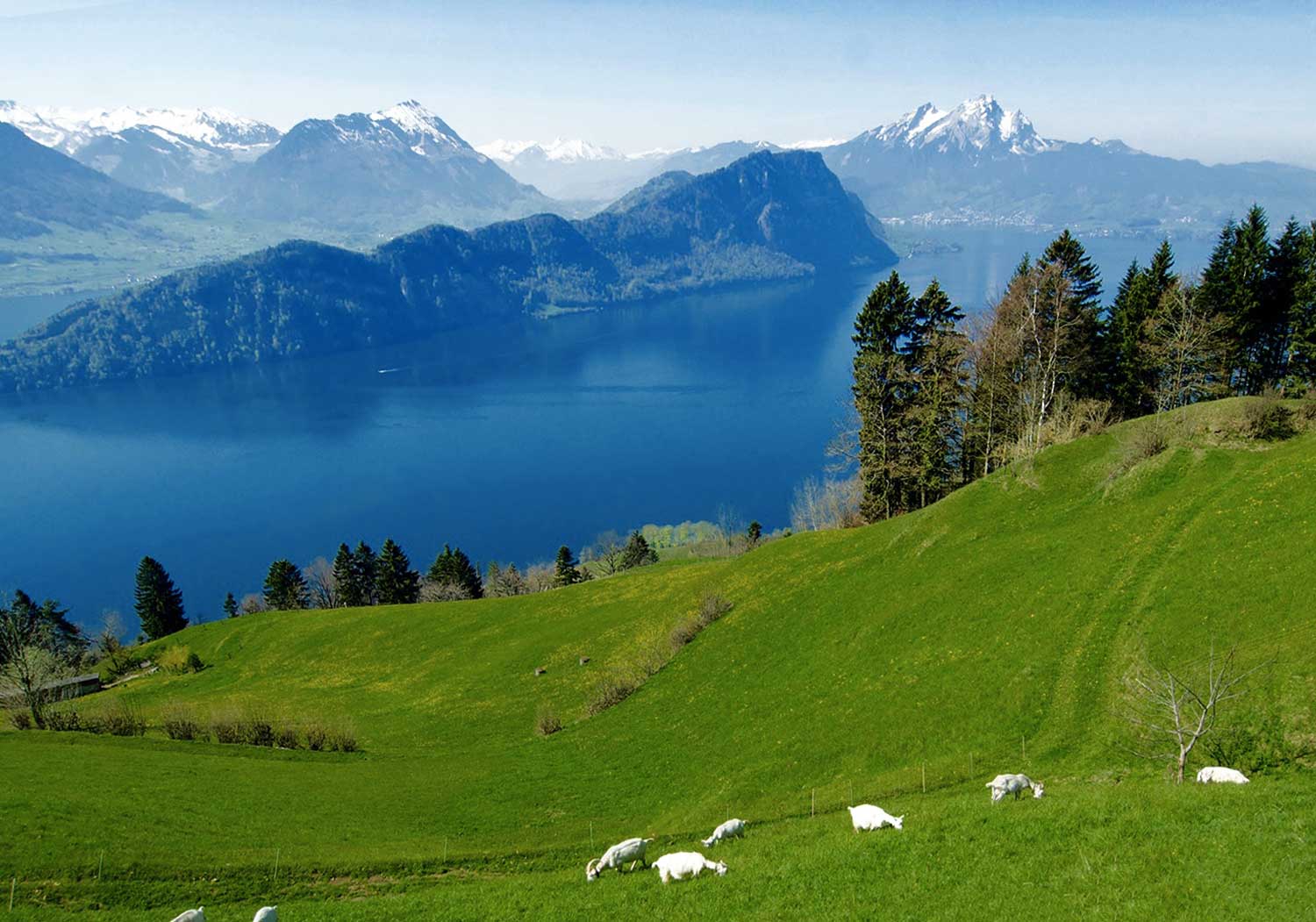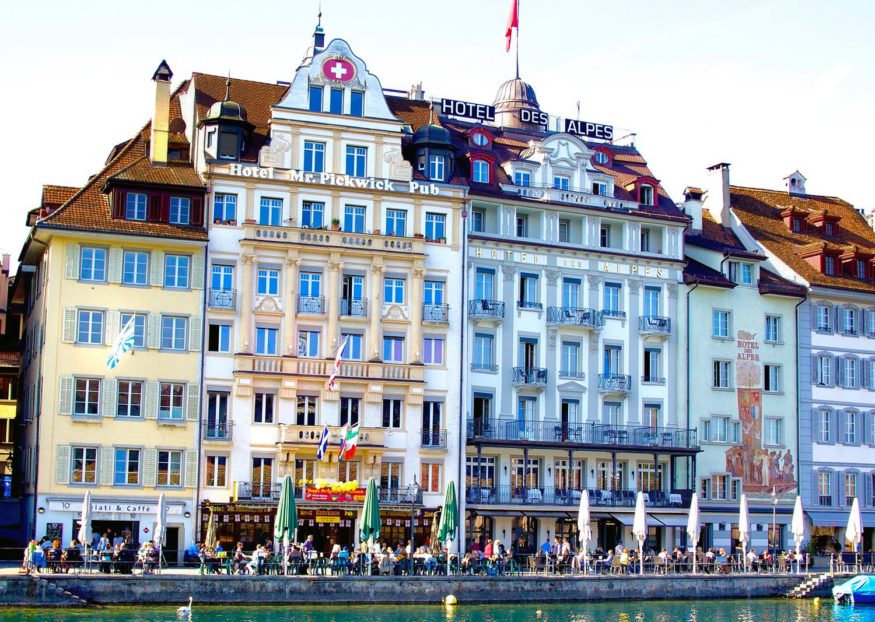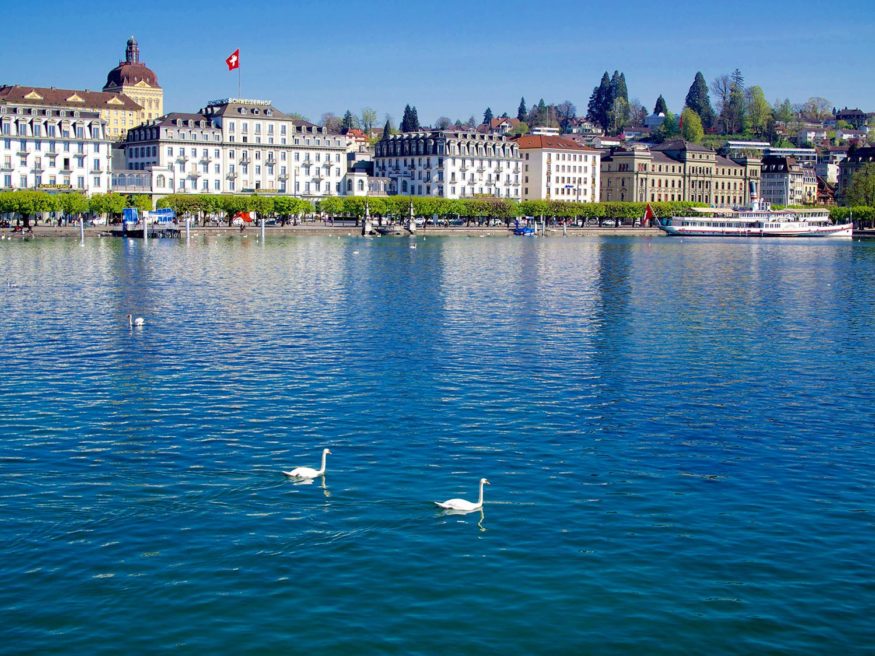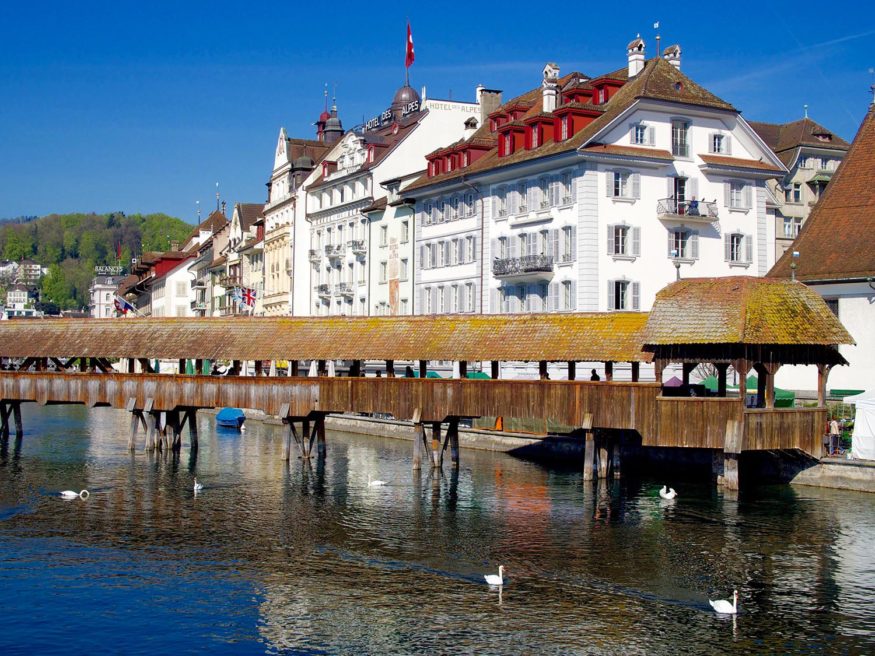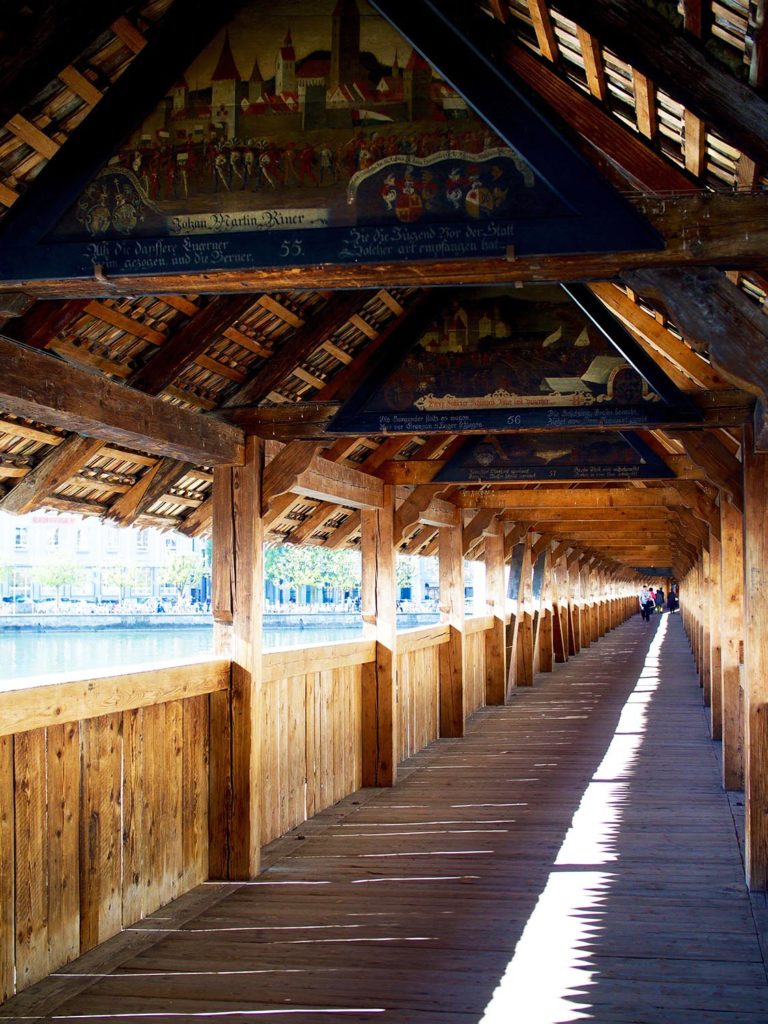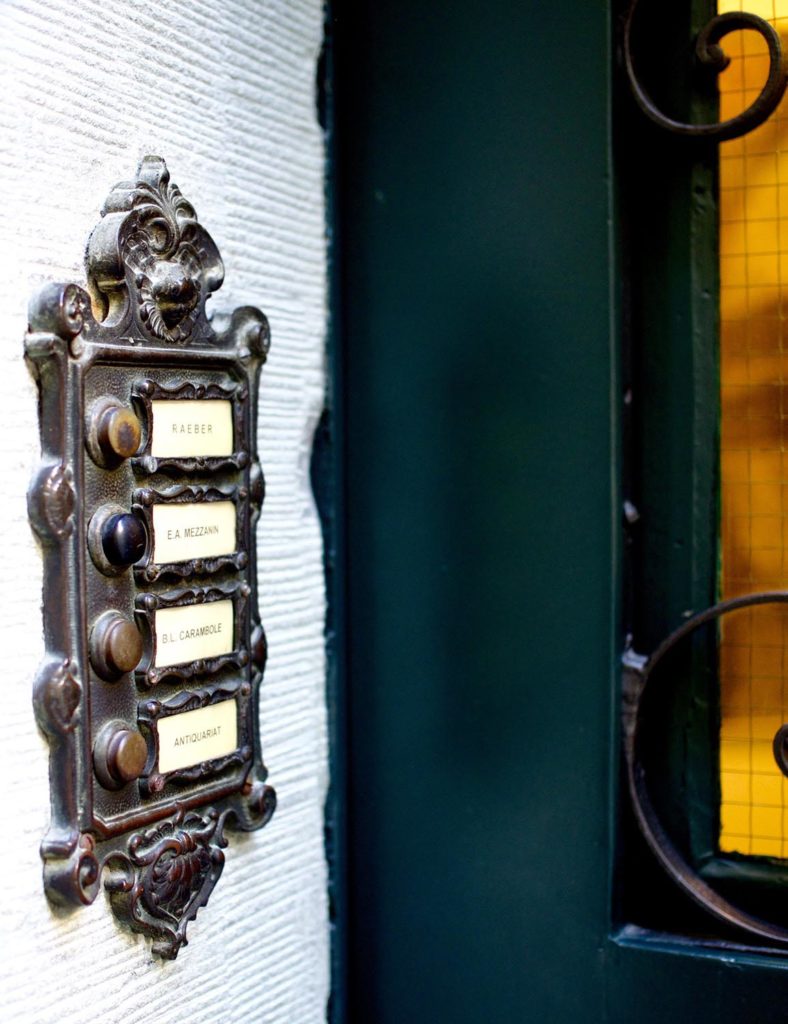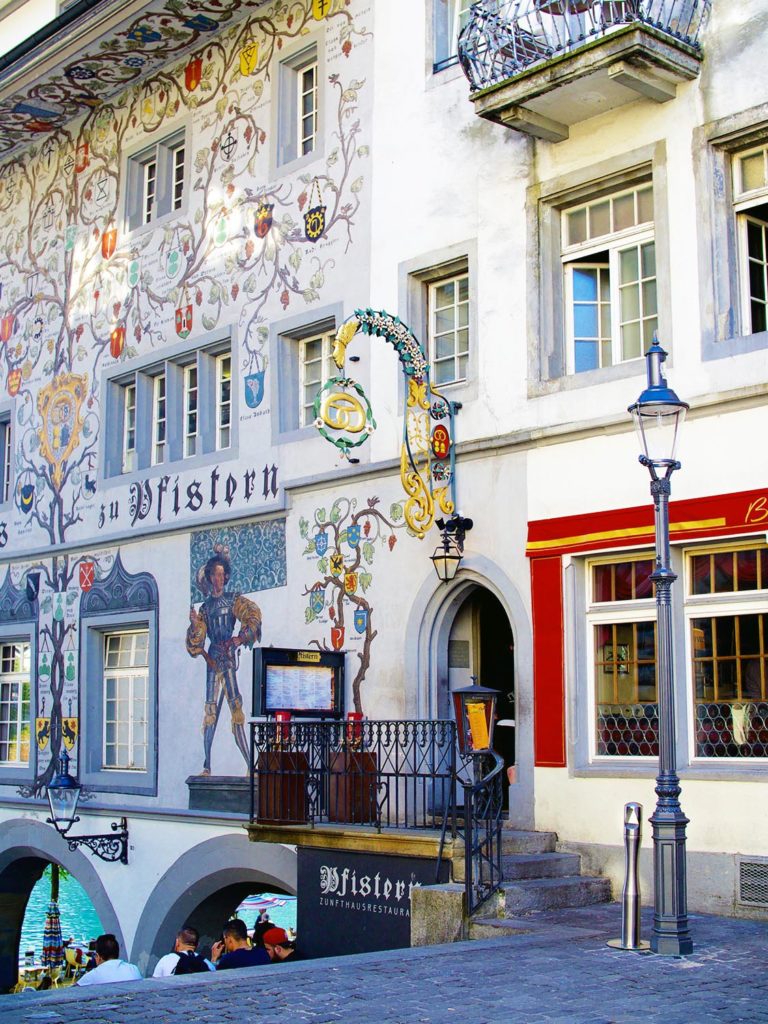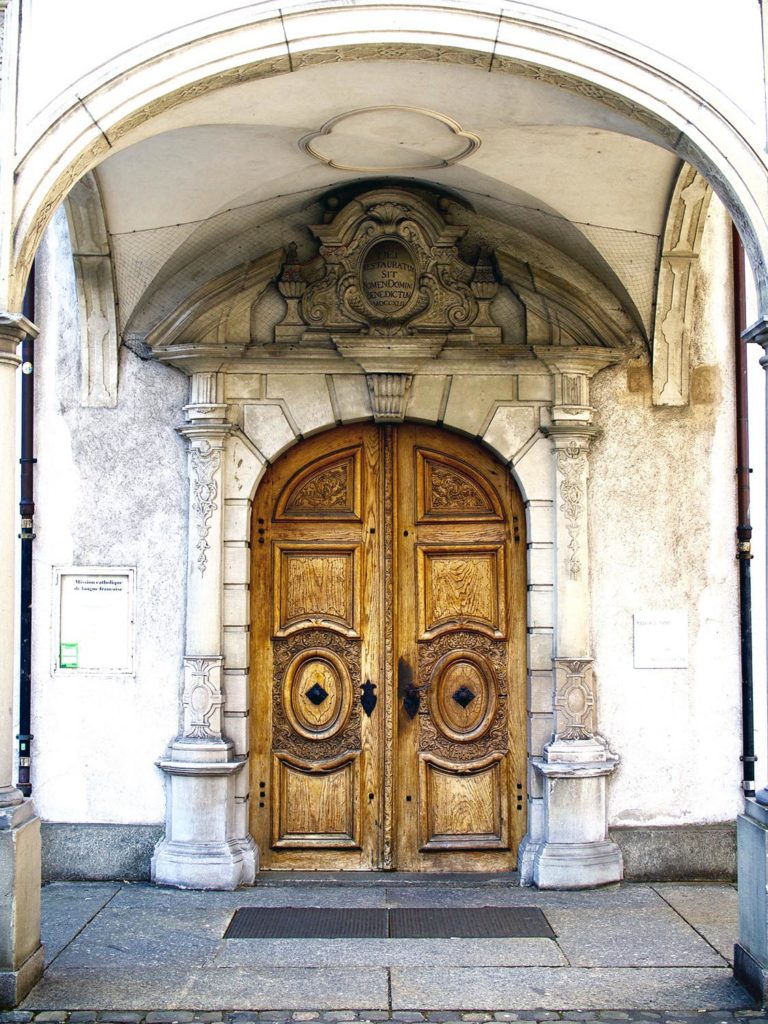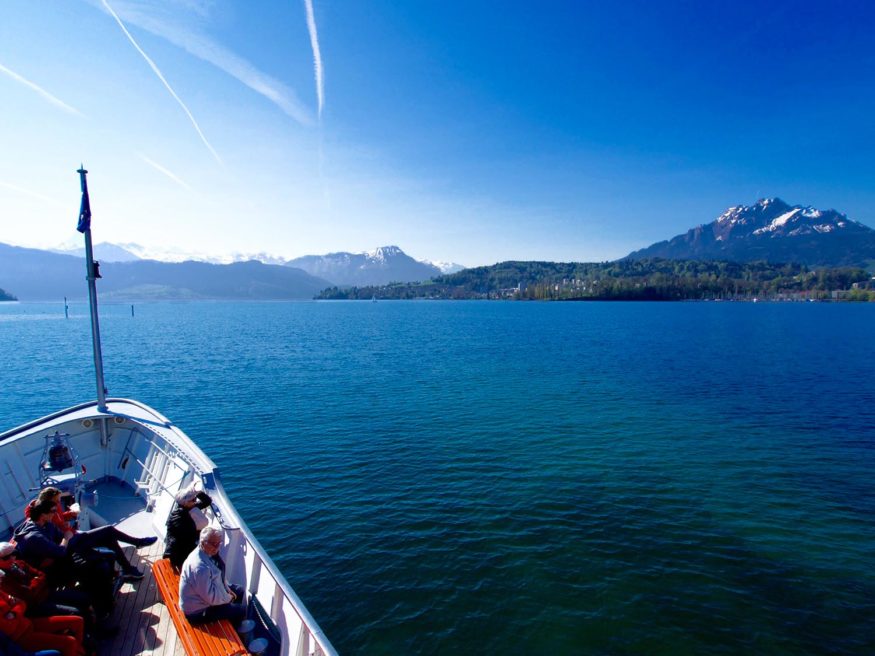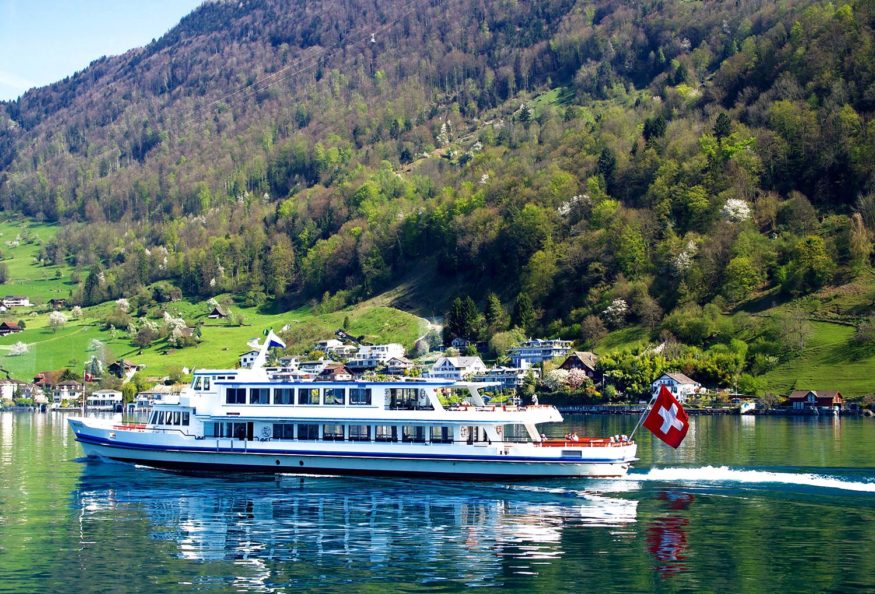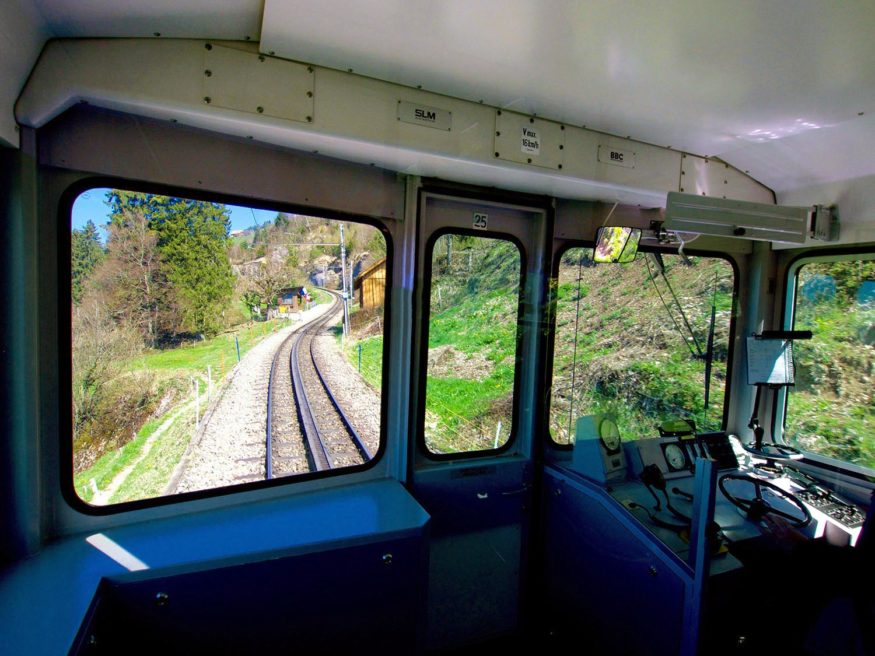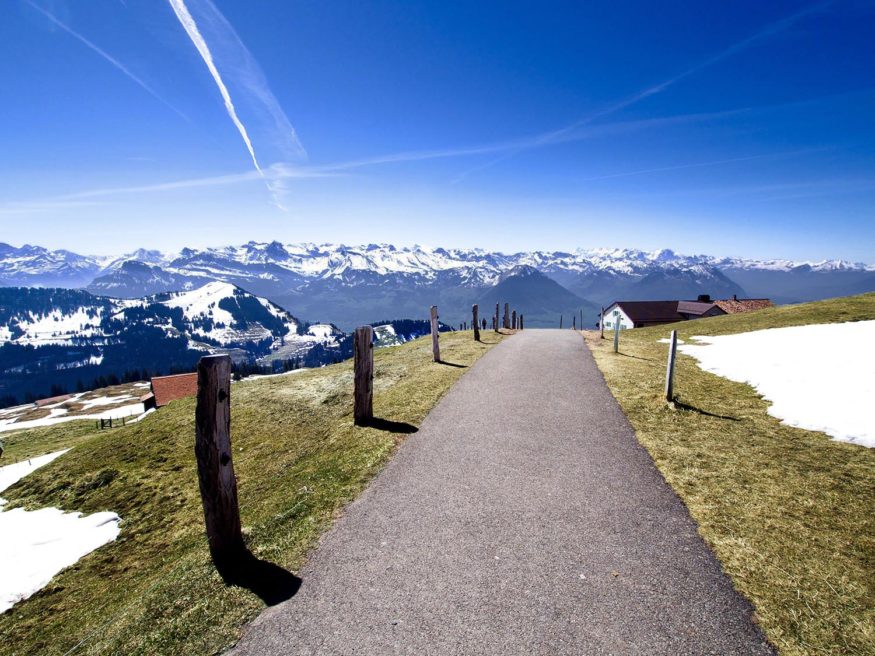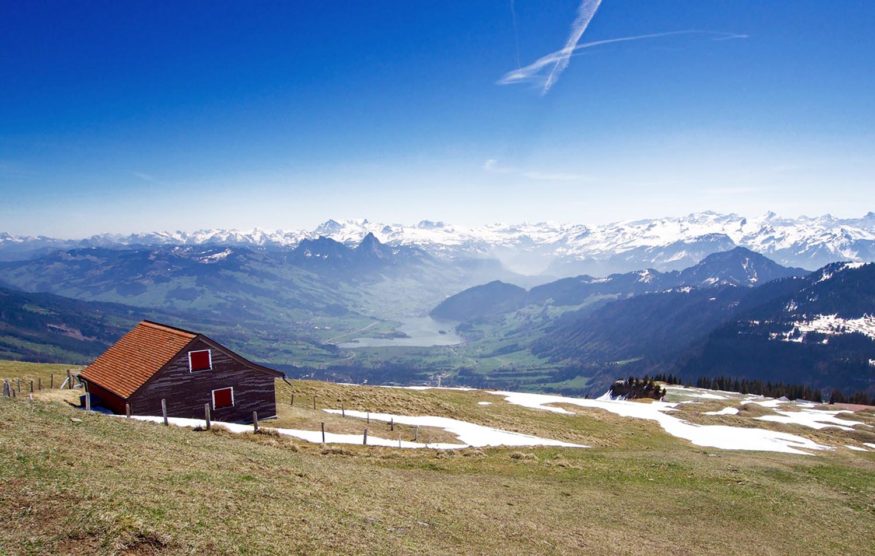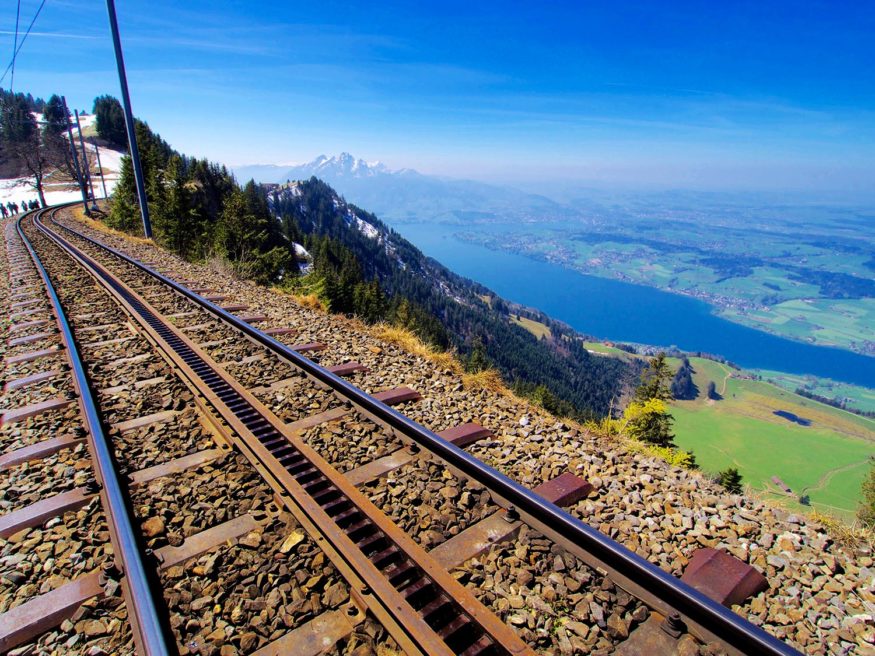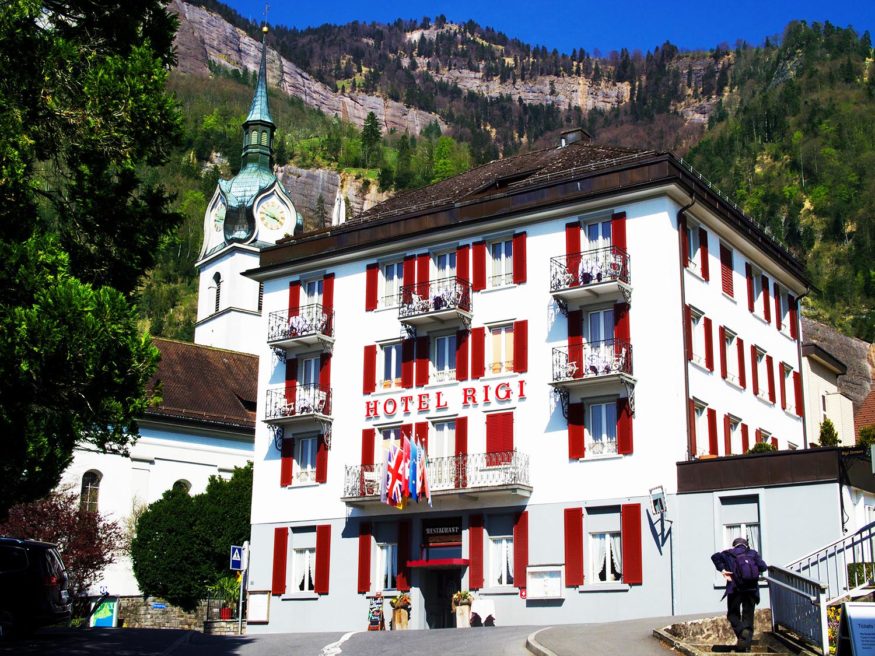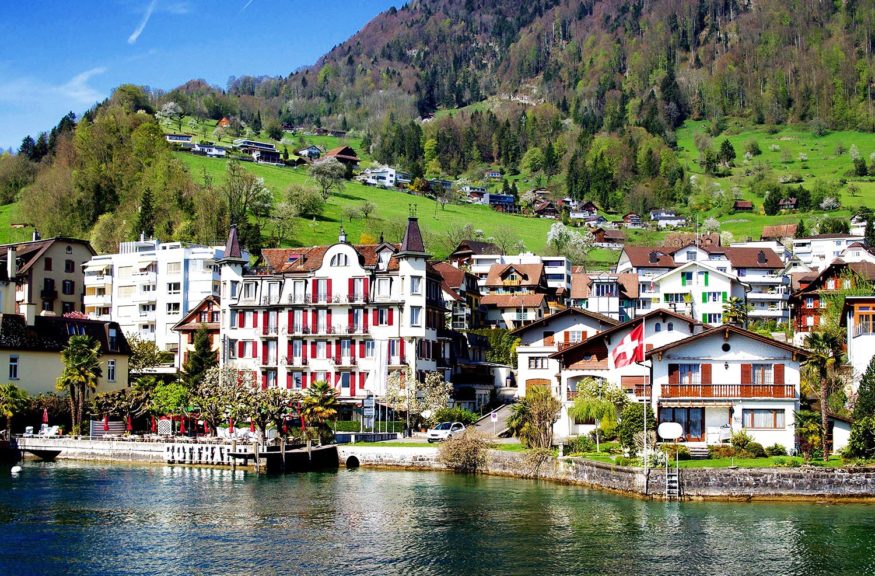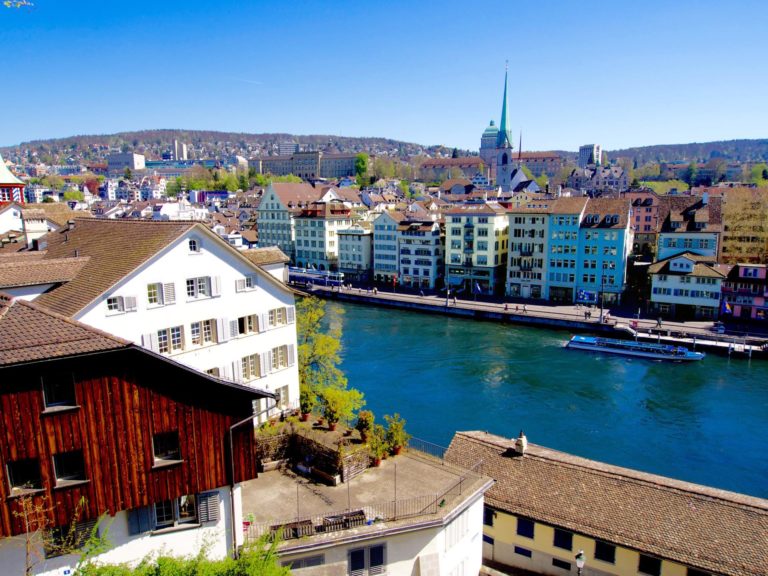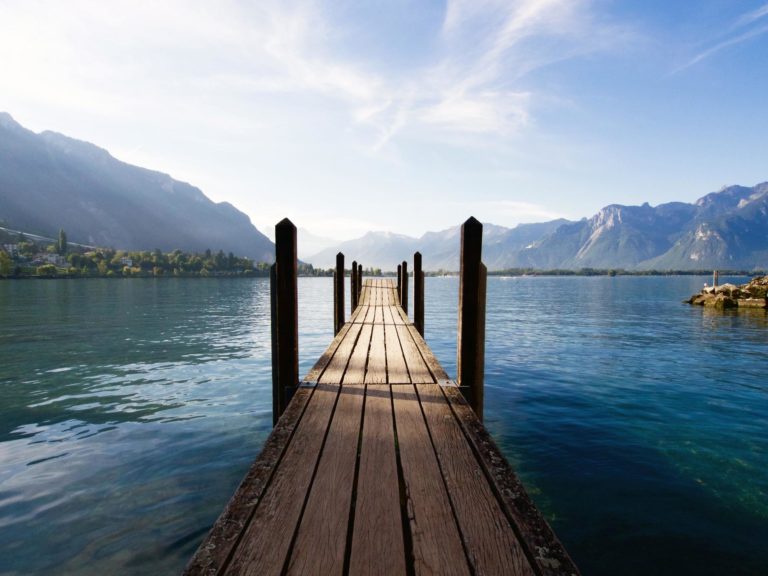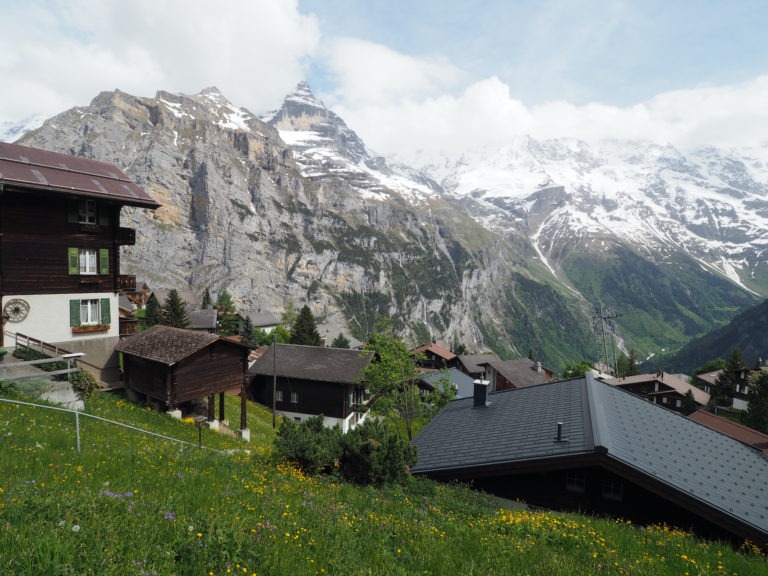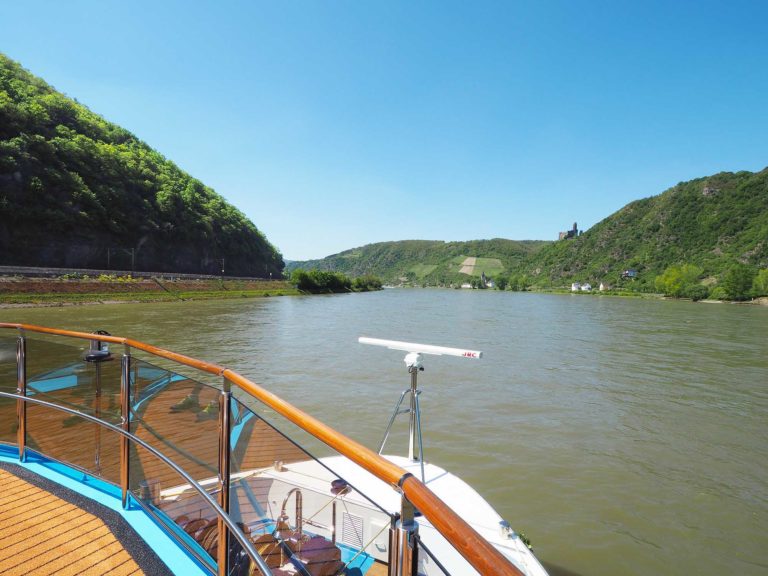Lucerne and Rigi: Switzerland in a nutshell
I remember chatting with a Switzerland Tourism high-ranking officer at a conference last year, asking what made Switzerland such a flawless, riveting destination. I was interviewing him for a client and I fully expected a buzzword-filled, PR-penned reply that was probably part of half-a-dozen press releases. But to my surprise, I got something totally different.
Switzerland’s not perfect. But it’s pretty damn close.
How’s that for a headline?
And as far as I’m concerned, Rigi and Lucerne are the living proof that Switzerland is, indeed, pretty damn close to perfection. Accessible mountains. Pristine turquoise lake. Historic, slightly quirky cities with lavish waterfront hotels. And most importantly, copious quantities of cheese. If what you’re after is the ultimate Helvetic postcard, then Rigi and Lucerne is where you need to be.
Lucerne
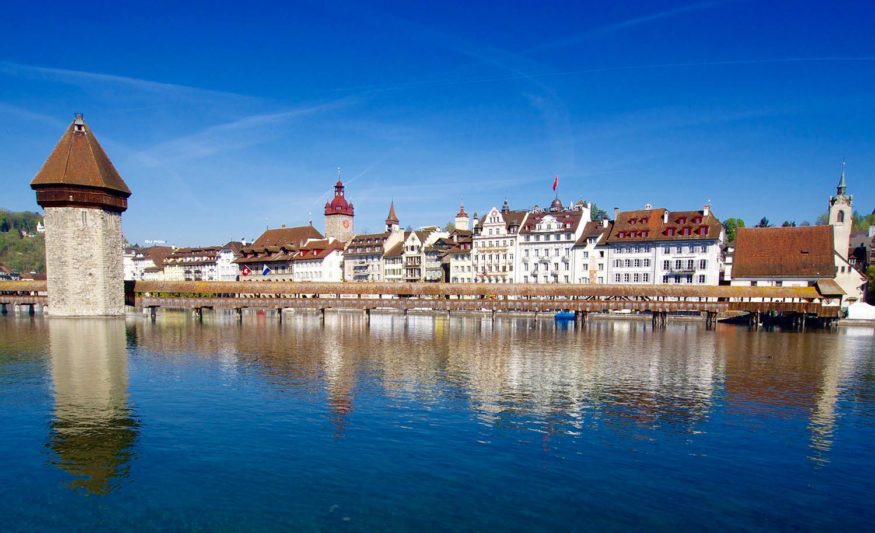
Lucerne is a vibrant and compact city sitting amid the snowcapped Alps on the north end of Lake Lucerne mostly known for its unique and photogenic kapellbrücke. The Chapel Bridge is a covered footbridge entirely made out of wood spanning the Reuss River, which, as if it wasn’t scenic enough, also has the particularity of containing intricate paintings dating back from the 1600s. Because they were created during a time of religious turmoil in Europe due to the rise of protestantism, the paintings depict various Catholic scenes. The octogonal tower at its centre held different roles throughout the centuries, from prison to torture chambre. As you do in medieval Switzerland.
Understandably, the truss bridge (the oldest in Europe!) became Lucerne’s symbol and busiest tourist attraction – it is NOT easy to get an empty shot of that bridge, I’ll say that!
I didn’t get a lot of time in Lucerne, just enough for a stroll around town from one highlight to the next; but even though I was pressed for time, I was still able to take advantage of the festive, thank-God-winter-is-over atmosphere that had taken over the busy waterfront terraces.
What a lovely town Lucerne is ♥
Rigi
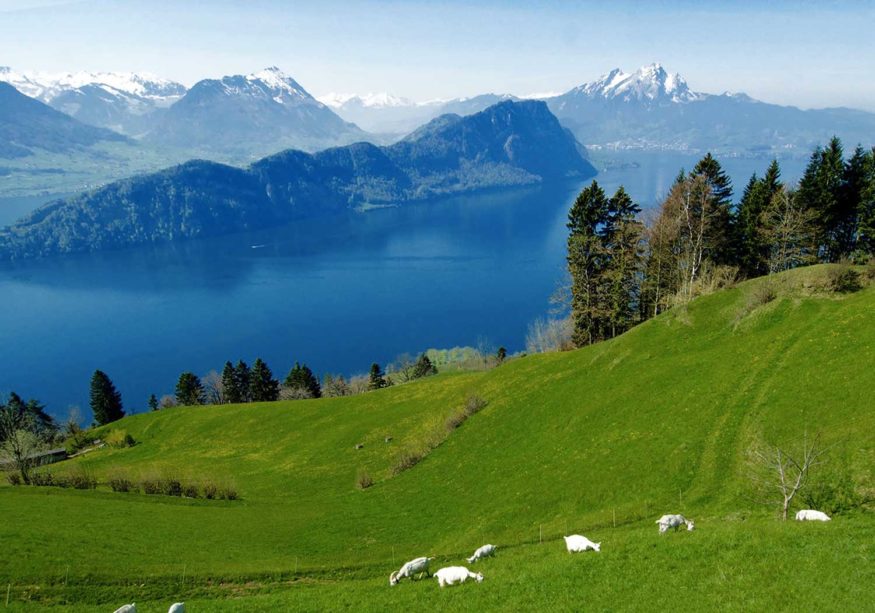
What occupied the bulk of my day was an excursion to Mount Rigi. Although it did keep me from spending what I felt like necessary time in Lucerne, I really couldn’t pass up the opportunity to climb (LOL no I did not attempt to hike, rest assured) atop one of Switzerland’s most famous mountains. And this little car-free adventure proved that Switzerland is just as efficient and punctual as its reputation makes it to be. These beautiful views are just an idylic ferry + cogwheel train ride from Lucerne, merely an hour away.
At a leisurely pace that leaves ample time for contemplation and photography, the cogwheel train climbs (told you I didn’t hike all the way up there!) the 1798 meters up Mount Rigi. The route is laddled with quaint Swiss chalets, lush green patches, and a handful of what I presume are rather solitary residents.
Fun fact: having been open since 1871, that cogwheel train from Vitznau on the other side of Lake Lucerne is actually Europe’s oldest and longest running railway. And, quite possibly, the most scenic. See for yourself.
Often referred to as the “Queen of the Mountains” by locals, Mount Rigi offers jaw-dropping panoramas of two cantons, 13 lakes, nine towns, and countless summits of the Swiss plateau and Alps, even as far as Germany and France on clear days. It really is no wonder so many Swiss and European holidaymakers have been flocking there in the past 200 years. Clear alpine air, wide open spaces, walking trails even non-hikers like me can enjoy; I can definitely see the appeal.
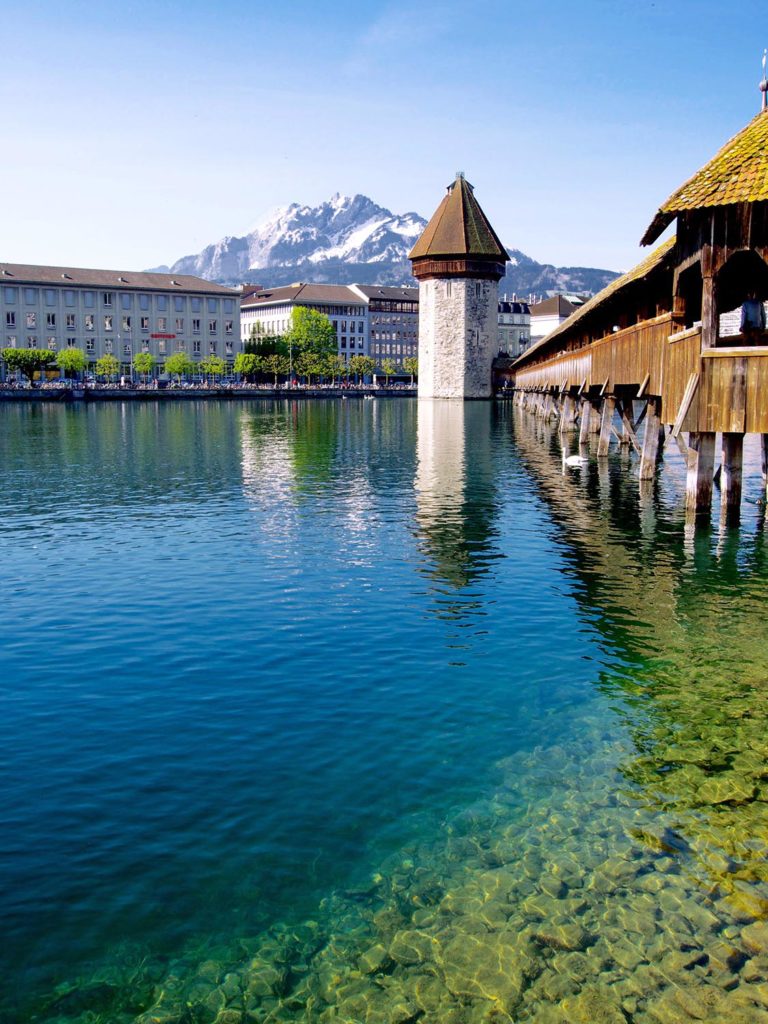
Rigi & Lucerne – know before you go
- You can get to Rigi from Lucerne as part of the Classic Rigi roundtrip, which includes the ferry on beautiful lake Lucerne, the cogwheel train up the mountain, and the cable car.
- PACK SUNSCREEN. Remember, you’ll be two full kilometres closer to the sun up there.
- 48 hours should be enough to visit Lucerne, but the city makes for a great base camp to go on day trips in other areas of central Switzerland.

